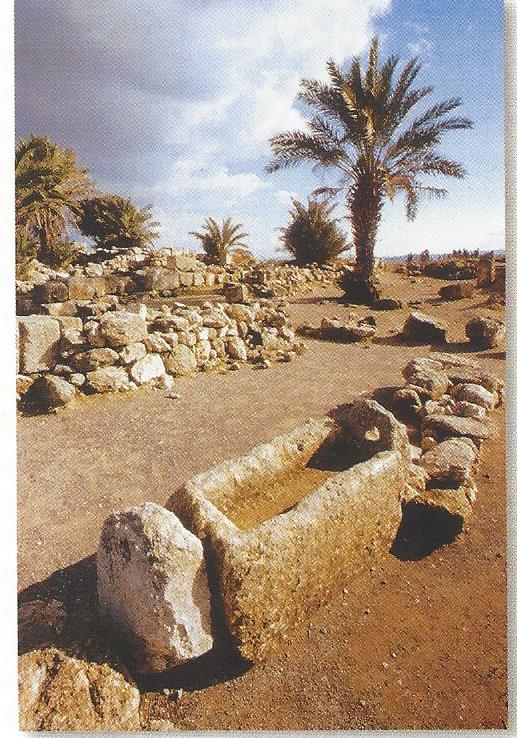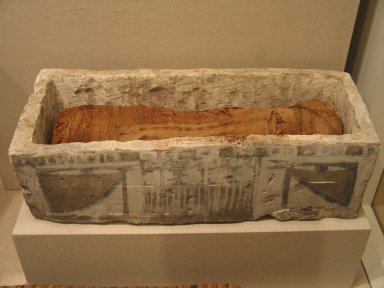One of the most common tools of filmmakers used to convey the message of the movie is the symbol.

In Sam Mendes’s American Beauty, the first scene shows the two main characters behind a picket fence and mullion windows to convey that these two feel trapped in their marriage.
In Woody Allen’s Crimes and Misdemeanors the protagonist who secretly commits adultery and murder and realizes there will be no earthly punishment for sin is an ophthalmologist. He helps us see, you see.
What filmmakers do with fantasy and script, God does with reality and history, and God did with the birth of Jesus.
“And she gave birth to her first-born son; and she wrapped Him in cloths, and laid Him in a manger, because there was not room for them in the inn.” Luke 2:7. Jesus was not born in a hotel room; a hotel room is too small and bounded. Jesus was born outside, where walls do not hide or inhibit.
Then Mary placed Jesus in a manger, not the wooden one portrayed in modern nativity, but more likely the stone type of the first century pictured above.

The symbolism would have been obvious to any first century reader of Luke’s account or anyone who has ever seen an an ancient stone sarcophagus like the one pictured here.
You see, most men are born to live, but Jesus was born to die.
That God takes such care with the details of history to ensure we don’t miss the message says as much about His sentiment as His sovereignty. The Christmas story is great filmmaking with the added benefit that it is real; not based on or inspired by true events but it-happened-space-and-time history.
So, when you see the manger in a nativity this Christmas don’t be so focused on Jesus’ birth that you miss the point. A hotel room was too small to convey what Jesus was born to do. Jesus was born out in the wide-world He was to die for, and that is the message of Christmas. GS
